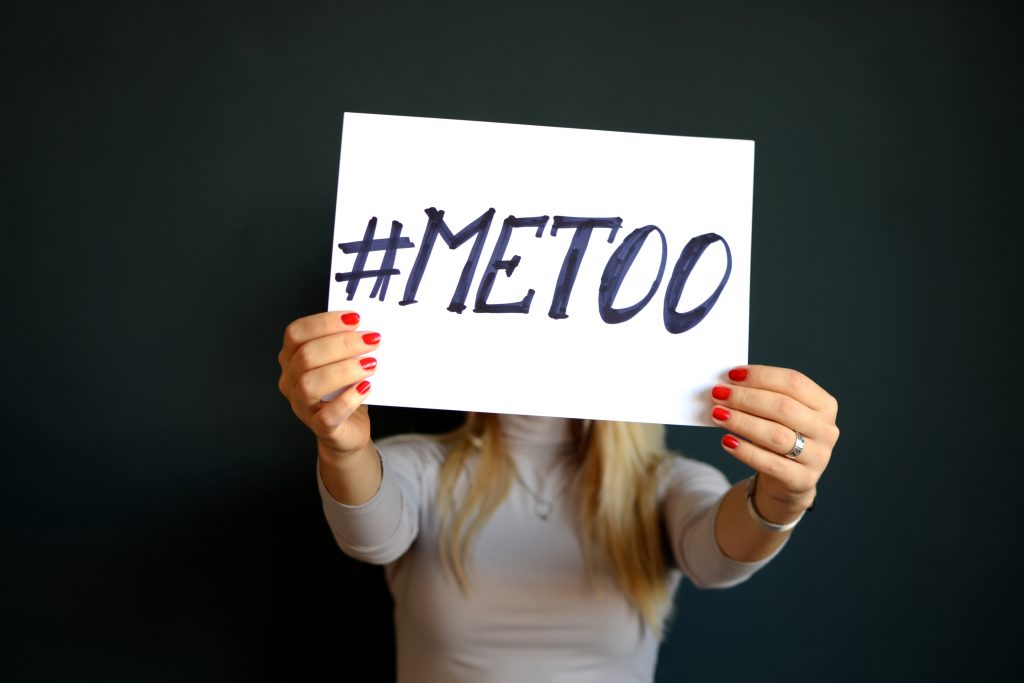A new tool for women to fight sexual harassment in the workplace via WhatsApp #metoo
At this time of social changes, new tools such as the certification of WhatsApp conversations, allow us to add a small contribution to the fight against these, unfortunately but still so frequent, cases.
It is an extremely complex and delicate subject. With this post we try to help the protection of the legitimate interests of women who experience sexual harassment, using the new tools that arise from the impetus of new EU laws.

Recent Comments